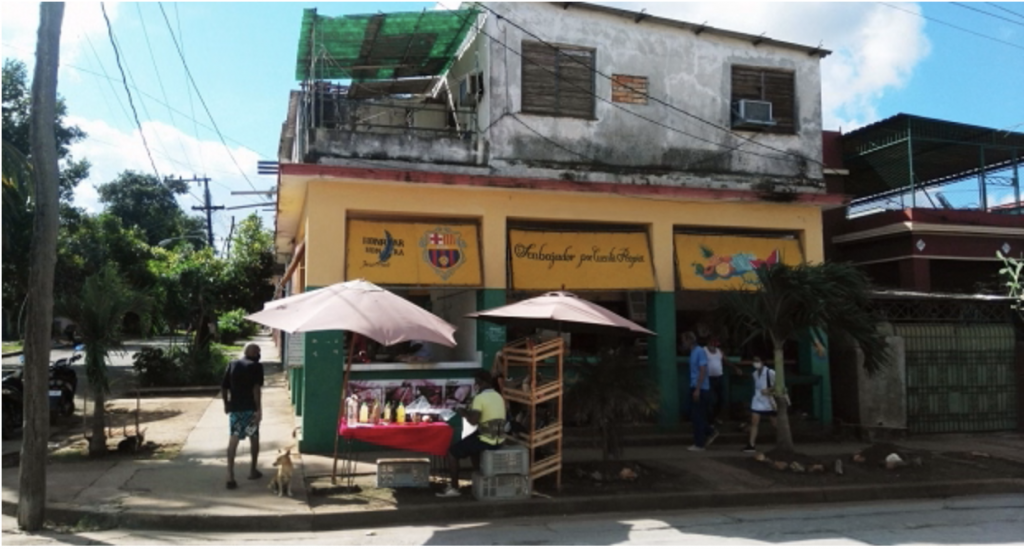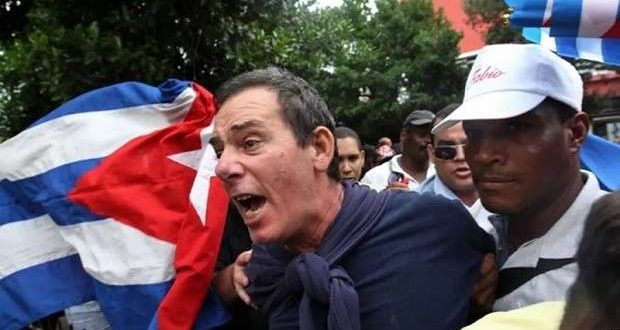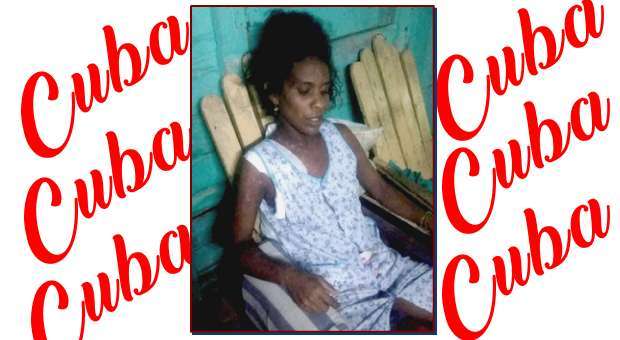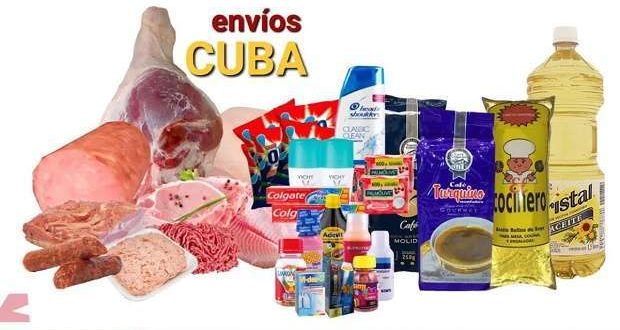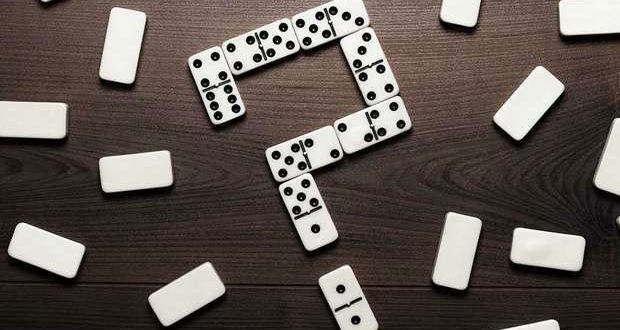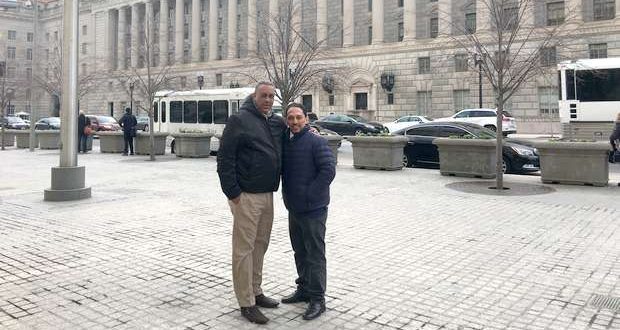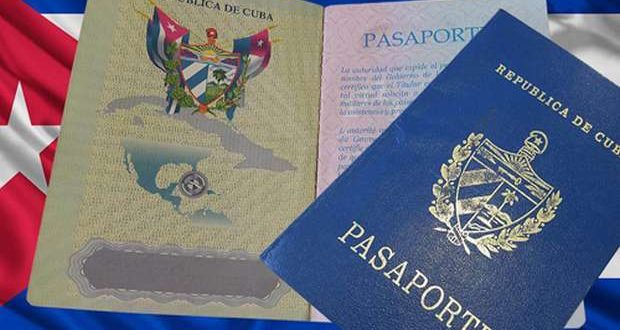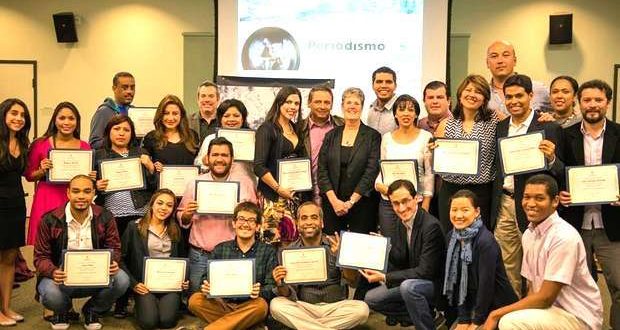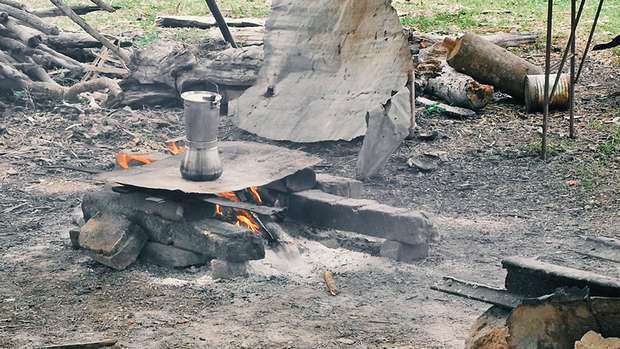
Ivan García, 26 May 2023 — The National Highway running through Matanzas province divides Los Arabos municipality in two directions. On the left, a town of just over 23 thousand inhabitants, cracked streets, and wagons pulled by horses that in their tiresome trot leave their poop on the main road.
On the right, a handful of isolated villages with clapboard huts and thatched roofs, surrounded by small food plantations and a few lean cows grazing under the gaze of their owners. If not watched, they are lynched by clandestine butchers.
160 kilometers east of Havana, in the middle of the 21st century—the century of new technologies, 5G and artificial intelligence—Pedro, 56 years old, a generous guy as are almost all the residents of the interior of Cuba, still plows the land with a team of of oxen and cooks with firewood. He lives with his wife and two children in a wattle-and-daub hut with a polished cement floor.
Pedro and his family own few belongings. An antique cathode-ray tube television set, a Haier [Chinese] refrigerator, and a rice pot “from when the Government was giving them out in 2007 during the Energy Revolution,” Pedro explains, and begins plucking a hen. Besides a patch of yuca [cassava] and another of plantains, there are mango, avocado, and sour orange trees. In a pigpen are five native Cuban hogs with shiny black coats.
Two cows and a bull sleep in a shed at the back, attached to the house. “I have to keep them close so they don’t get stolen. It’s a daily struggle to make sure the thieves don’t slaughter the animals and destroy the harvest.” With the milk from the cattle he makes cheeses that his children later sell along the National Highway. continue reading
The fuel shortage prevents him from renting a tractor to plow the land. “We are the same or worse off than during the Special Period. A liter of oil to run the turbine costs me 200 pesos on the informal market. And you can’t always find it. The government talks about food sovereignty, but it provides no fertilizers or fuel, and farm implements and tractors are sold for hard currency. If they don’t change their methods, we are heading for famine,” Pedro predicts.
Three years ago, his wife started cooking with firewood in an open field. “We have a kerosene stove, but it is difficult to find fuel for it. The fuel is usually dry firewood or marabou–the best and healthiest. It doesn’t smoke and the food tastes good. If there is anything in surplus around here, it’s marabú”.
Some 200 kilometers from Pedro’s ranch, in Havana’s Sevillano district, Julia, an 81-year-old housewife, saves liquefied gas down to the smallest measurement. “In March and April, we had a hard time. We had to cook and boil water with an electric oven. In May they gave us a gas cylinder that lasted fifteen days. They should have given us another one, but liquefied gas has not reached the point of sale yet,” she states, then adds:
“There are six people in my house, including a small child. Almost all the gas we expend is for boiling drinking water we and preparing food. At most, it lasts us nine or ten days. On the black market, the gas cylinder costs between 1,000 and 1,200 pesos. Add to that what the courier charges to deliver it. There is no wallet big enough. Before Díaz-Canel’s economic crisis, the gas would be used up sooner, because there were beans to soften, a piece of pork to roast, or a panetela [Cuban sponge cake] to bake. But now, there ain’t nothin’ to cook.”
On April 17, Vicente de la O Levy, Minister of Energy and Mines, said that one of the country’s products with low available reserves is domestic fuel. “Some provinces have one day’s worth left in reserve, others two. But in the eastern region, for example, the fuel in CUPET [state-run petroleum company] tanks at our bases has already run out,” he said.
From end of February to the first days of May, instability in the delivery of liquefied gas has raised alarms among Cubans, who live in constant suspense, awaiting a new crisis. More than 1.8 million customers cook with liquefied gas.
“In Santiago de Cuba we have only the month of May guaranteed. In June, we will see if a fuel ship arrives,” said a worker from the gas company. On May 21 in Havana, families who depend on street gas for cooking lost service that day for a period of more than 24 hours.
“It was about two in the afternoon and I was making dinner. When I turn on the stove, I see that there is no gas. We were like this until Monday afternoon. These people (the rulers) have turned the country into a hell. When it’s not gas that’s lacking, then sugar is scarce, there’s no water, or the electricity goes out. We live in a bloody state of shock,” Luisa, a pensioner, complains.
According to the state-run press, the street gas deficit was caused by an accident at the Puerto Escondido plant, east of the capital. So far in 2023, the fuel shortage in Cuba has grown. There are provinces where gasoline is not sold to private drivers.
“You have to have a permit from the governor or the provincial mayor. That represents another avenue of corruption, because you have to pay an arm and a leg to get the permit. Also, they only sell you 20 liters a week,” stressed a private taxi driver in Villa Clara.
State-owned companies have had to make drastic cuts in fuel use. ETECSA [the state-run telecommunications company], for example, is only receiving fuel for ten or fifteen work days. Most state companies have ceased providing transportation for workers, except military corporations and Communist Party institutions.
On Tuesday the 23rd, the line to buy fuel at the gas station at Infanta and San Rafael streets was three blocks long. “They have tried to alleviate the queues with a WhatsApp feature that notifies you the day you should come to buy. But since there is so much corruption, people arrive early to verify that they’re dispensing gasoline, because sometimes when you get there, they tell you that they’ve run out,” says a private taxi driver.
A liter of gasoline is sold in the informal market for between 500 and 800 pesos, and oil between 200 and 300 pesos. The fuel crisis has shot up transportation costs within the city and also for travel to other provinces.
The fare from La Víbora to Vedado by collective taxi [taxis that pick up people and travel set routes, often in old American cars], which used to cost 100 pesos, increased to 150 pesos–and 200 at night. If you rent a taxi using a WhatsApp feature–a kind of local Uber–an eight-kilometer trip comes out to no less than 1,200 pesos.
This inflationary spiral generated by the fuel shortage has, in a domino effect, caused food prices to increase by between 10 and 40 percent on the informal market–where the vast majority of people are forced to do much of their shopping.
To illustrate: The price of a carton of eggs rose from 1,500 to 2,000 pesos. A pound of rice was 170 pesos, and is now 200–280 if the grain is of higher quality. A pound of ham that used to cost 850 pesos is now priced at 950. The cost of fish increased from 500 to 650 pesos per pound. The biggest increase was that of chicken imported from the US, from 230 to almost 400 pesos per pound. A box of chicken that used to be priced at 7,000 pesos now exceeds 11,000 pesos.
Within the last year and a half, the price of food in Cuba has risen by almost 71%. Various factors have an impact, ranging from the systemic crisis of the economic, political and social model implemented by the regime, to the rise in food and fuel prices on the international market.
Pedro, the farmer from Los Arabos, considers himself lucky. “We don’t even have clothes to wear, and if a cyclone were to pass over us, the house would be blown away by the wind. But at least we have food,” he says. Meanwhile, his wife continues tenderizing a hen with a piece of marabou firewood. And that, in Cuba, is a luxury.
Translated by: Alicia Barraqué Ellison

